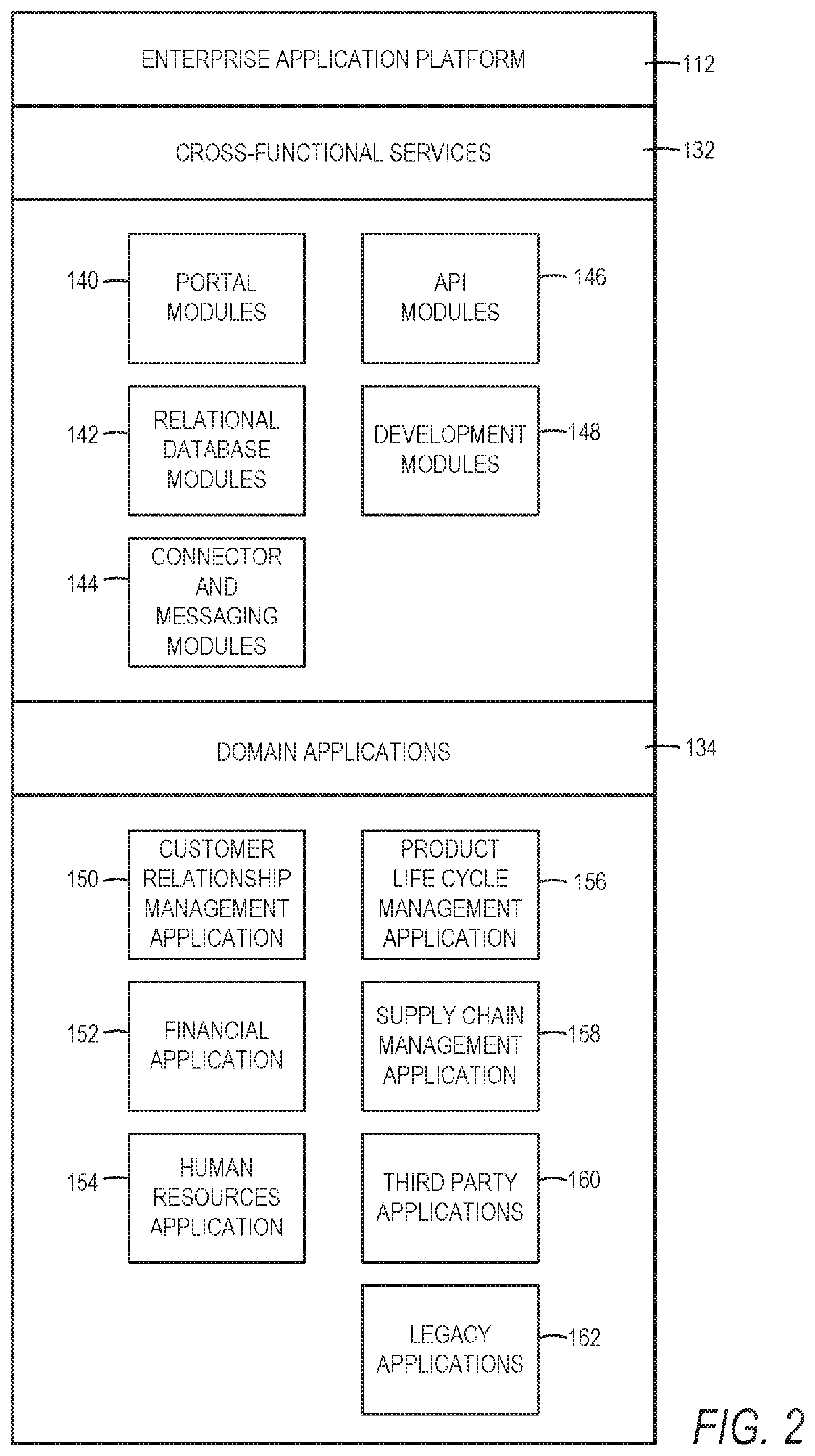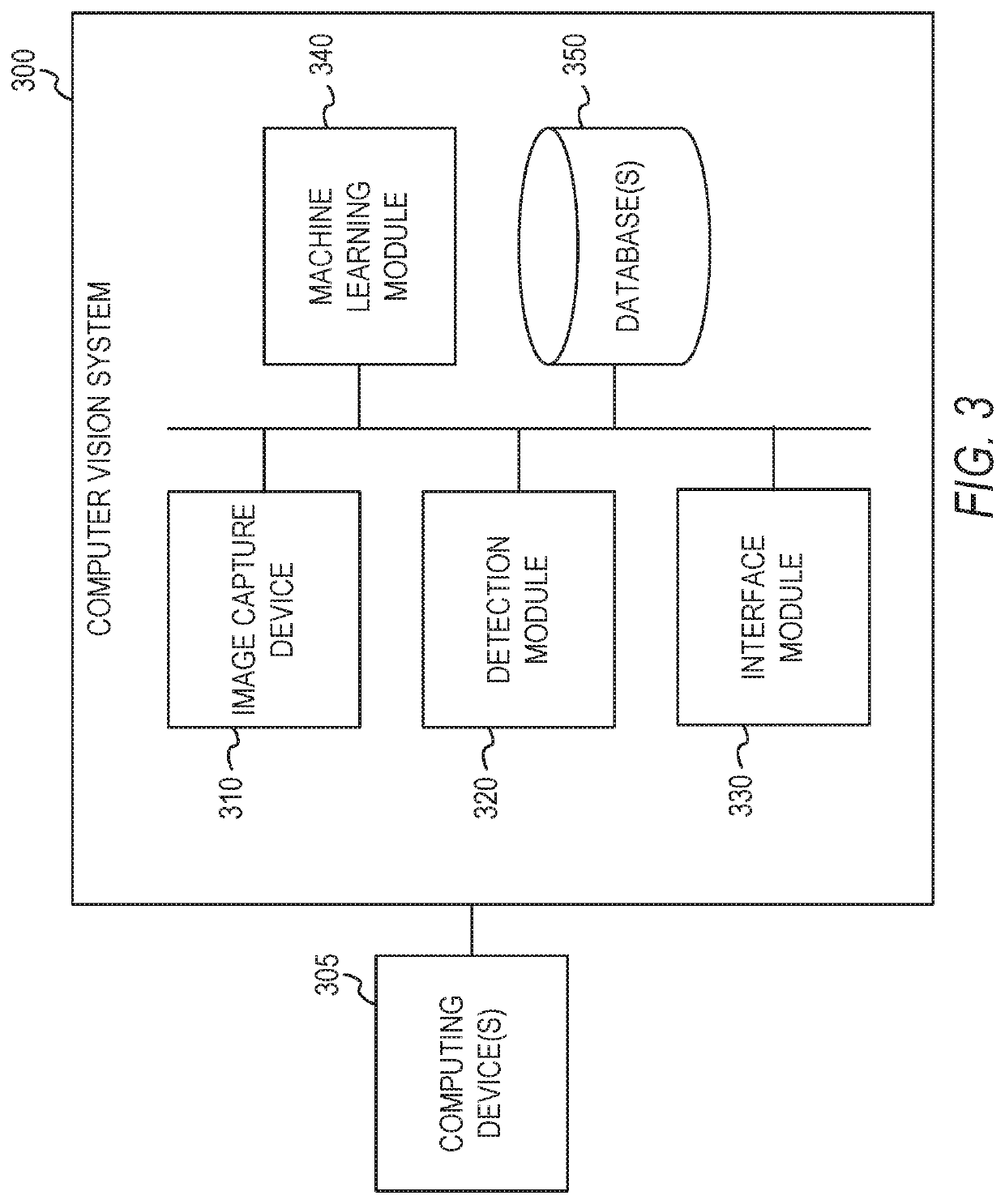Blind spot implementation in neural networks
a neural network and blind spot technology, applied in the field of neural networks, can solve the problems of general lack of interpretability, incongruity of machine learning (ml) models, and inability to robustly respond to small adversarial perturbations
- Summary
- Abstract
- Description
- Claims
- Application Information
AI Technical Summary
Benefits of technology
Problems solved by technology
Method used
Image
Examples
examples
[0091]1. A computer-implemented method comprising:[0092]obtaining a first image captured within a field of view of an image capture device, the first image comprising a first object of a first type occupying a first position within the field of view;[0093]determining, by at least one hardware processor, a first confidence value for the first object based on the first position of the first object using a neural network model, the first confidence value representing a likelihood that the first object is an object of interest, the neural network model being configured to generate lower confidence values for objects of the first type when the objects of the first type are occupying the first position within the field of view than when the objects of the first type are not occupying the first position within the field of view:[0094]obtaining a second image captured within the field of view of the image capture device, the second image comprising a second object of the first type occupyin...
PUM
 Login to View More
Login to View More Abstract
Description
Claims
Application Information
 Login to View More
Login to View More - R&D
- Intellectual Property
- Life Sciences
- Materials
- Tech Scout
- Unparalleled Data Quality
- Higher Quality Content
- 60% Fewer Hallucinations
Browse by: Latest US Patents, China's latest patents, Technical Efficacy Thesaurus, Application Domain, Technology Topic, Popular Technical Reports.
© 2025 PatSnap. All rights reserved.Legal|Privacy policy|Modern Slavery Act Transparency Statement|Sitemap|About US| Contact US: help@patsnap.com



